2022/11/26
【~ Appetite autumn and winter ~ Japanese persimmon map】
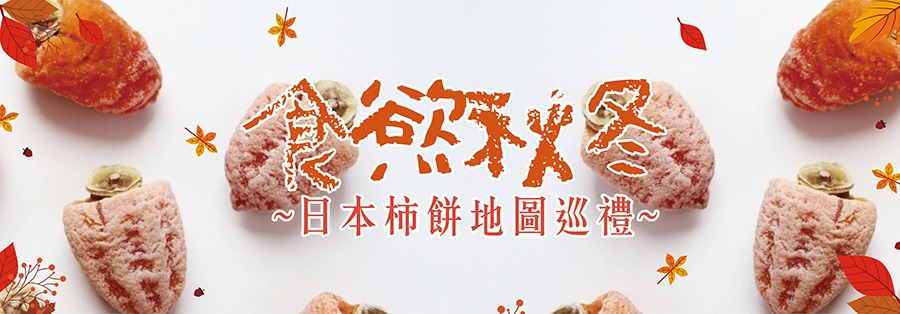
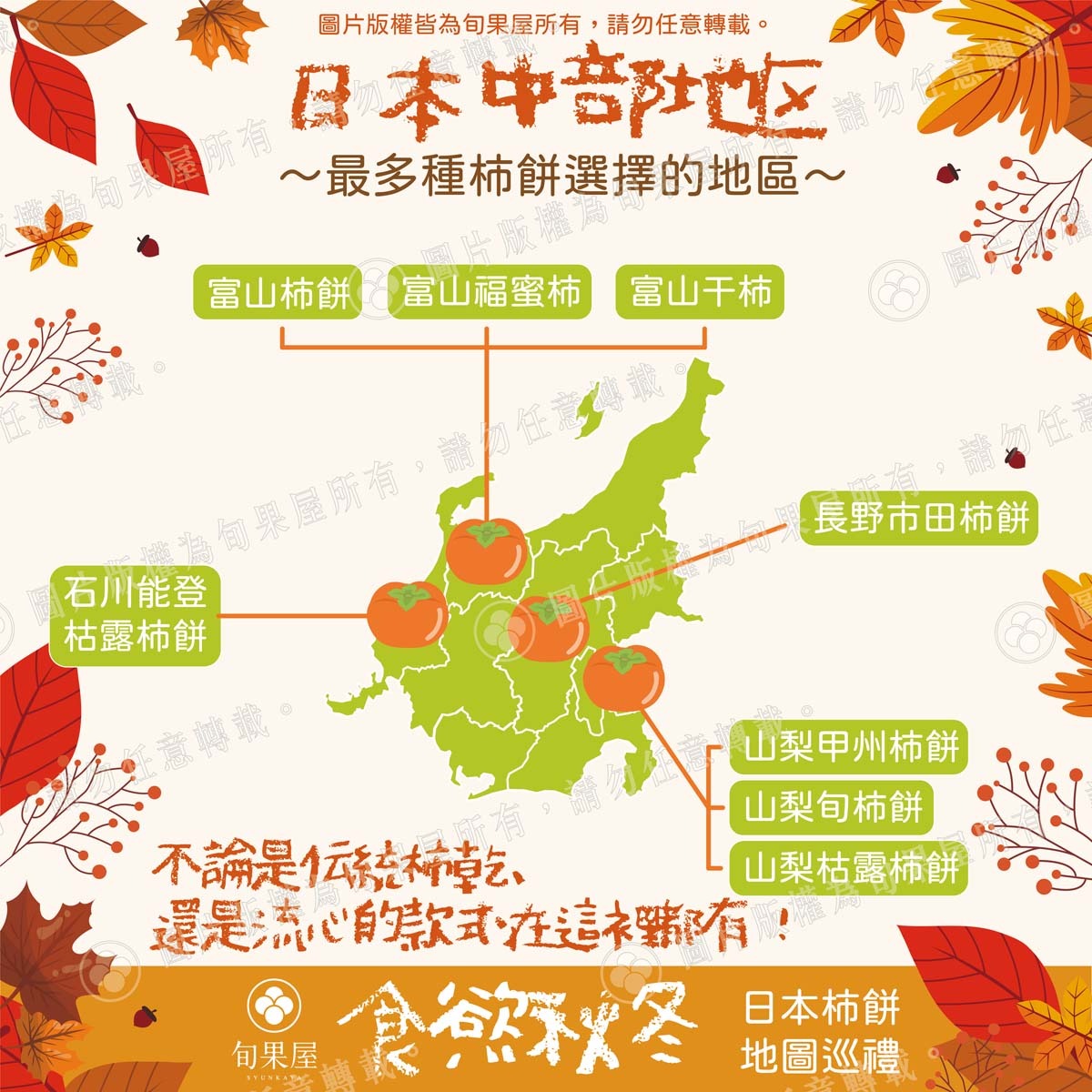
[Toyama Prefecture] [Toyama Persimmon] Enjoy the refreshing taste of the rich and nourishing natural dried fruit of Toyama Nanto. The difference from other persimmons is that Toyama's famous Sansha persimmons are carefully dried using far-infrared rays, and the sweetness and flavor are concentrated in them. [Toyama Fukumi Persimmon] Fukumi persimmon is a famous souvenir in Toyama Prefecture. It is a semi-dried persimmon. The difference from other persimmons is that the famous Sansha persimmon in Toyama is dried using high-tech far-infrared technology. Hygienic and delicious individually packaged. There is absolutely no added sugar and artificial additives in the production process. It is a semi-dried persimmon, with a soft taste and a runny feeling when you bite it. It retains the original fragrance of fresh persimmons, with 50% less water, but the sweetness is not reduced, but it is richer, softer and juicier. [Toyama dried persimmons] The persimmons used in Toyama dried persimmons are Sansha persimmons produced in the Fukumitsu area. The skins are peeled off one by one by a machine, and two pieces are hung on a bamboo pole with a rope as a unit. They are dried slowly in a glass room or by a machine. About 20~25 days. In order to even out the moisture and sweetness, the staff will rub the persimmons one by one with their hands, dry them with charcoal fire, and then shape the persimmons by hand. Without years of hard work, a deep dried persimmon cannot be fully presented. The skin of the carefully cared-for dried persimmons is covered with persimmon frost, which proves the sugar content hidden in the pulp. Toyama dried persimmons have more water content. You can taste the sweetness and rich aroma of persimmons after biting into a chewy dried persimmon. The sweetness can be neutralized with a cup of warm tea.

【Ishikawa Prefecture】 [Ishikawa Noto Kuro Persimmon Cake] has been carefully made by hand since ancient times. Natural sweetness, moist softness, and rich aroma of kuro persimmons. It is characterized by soft flesh even after drying and elegant sweetness. On the land of Noto, a world important agricultural heritage, there is a large temperature difference between day and night, which is an excellent environment for growing persimmons. After the persimmons are dried, the skilled craftsmen make them by hand, which can increase the deliciousness of the persimmons. Kuro persimmon is an indispensable delicacy in the New Year in Hokuriku, Japan. It is also very popular as a New Year gift.
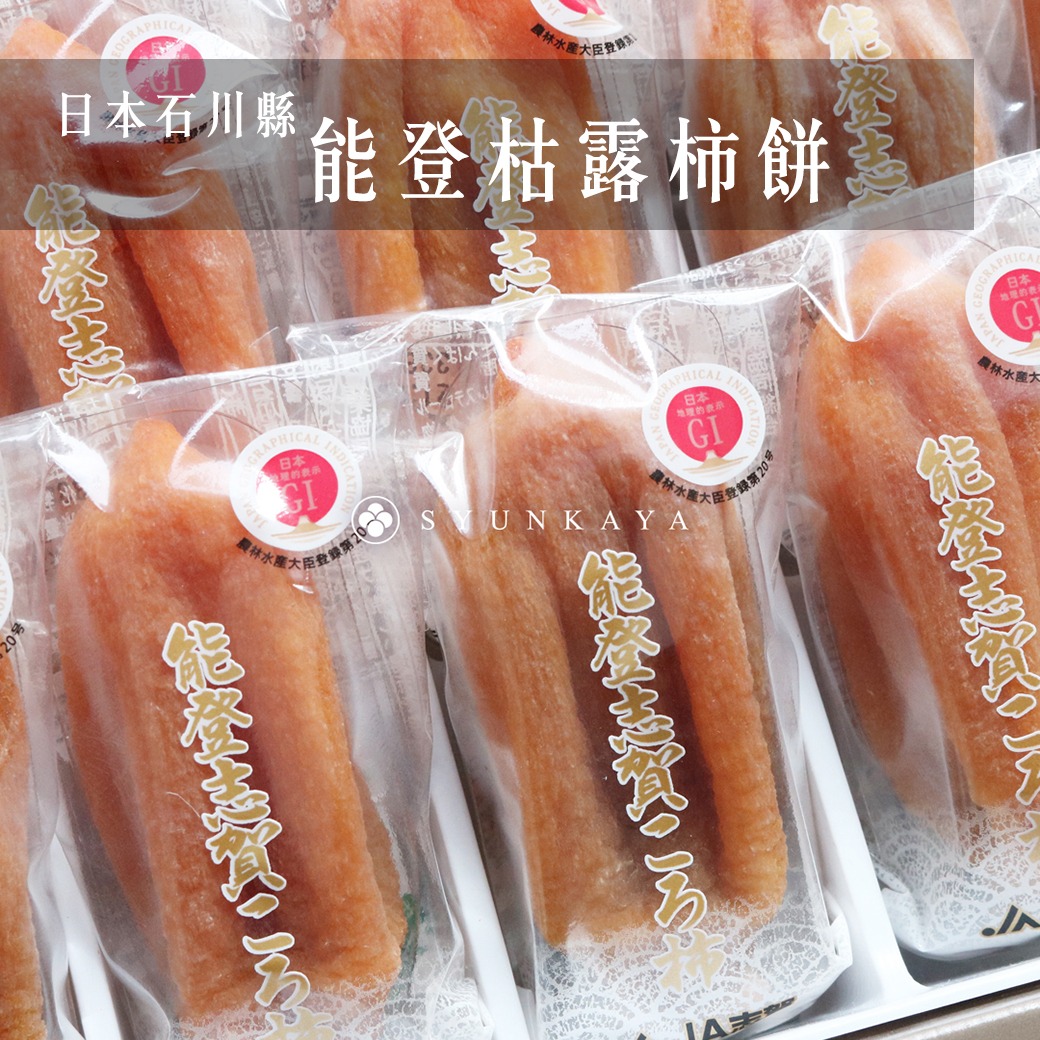
【Nagano Prefecture】 [Nagano Ichida Persimmon Cakes] The southern part of Nagano Prefecture is an area suitable for making persimmons. The morning mist rising from Tenryu River is at an appropriate height. The famous "Ichida persimmon" of this land is a gift of nature. "Ichida Persimmon" is a variety of astringent persimmons that have been cultivated for at least 600 years. When this astringent persimmon is dried, it is called Ichida persimmon. It takes about ten months for the product to reach the customer (cultivation~processing), and each project is carefully completed one by one. Because of this, the pulp is plump and chewy, and the taste is concentrated Ichida persimmon with a rich and fine sweetness. A taste that has been loved from ancient times to the present. Please try it once.

[Yamanashi Prefecture] [Yamanashi Koshu Persimmon Cake] Bite down to get a very chewy outer layer, and then feel the soft flesh, which retains part of the fruit's moisture and is very easy to eat. The novel taste is refreshing and endless aftertaste. Koshu persimmon is the top persimmon in Yamanashi Prefecture. It is made according to the ancient method and is made of seedless persimmons. There is no added sugar. You can feel the original aroma and flavor of persimmons when you bite into it. Eat it with hot tea and enjoy the taste of autumn ! [Yamanashi Kuro Persimmon Cake] The predecessor of Yamanashi Prefecture was the country of Kai, also known as Koshu. Kulu persimmons from Koshu have a soft taste, sweet but not greasy. The harvesting of fresh persimmons, peeling, air-drying, kneading, sun-drying and packaging are all done by hand. The beautiful icing coat is all over the dried persimmons. , very good quality. Kulu persimmon is quite popular with Japanese bakers, and they choose kulu persimmon as the main filling material for bread! Don't miss the opportunity to taste kuro persimmons this season. [Yamanashi Shun Persimmon] Dried persimmon is a processed product made from a seedless persimmon called "Hirako no". Under normal circumstances, Pinghewu is just an astringent persimmon. When drying persimmons, the bitter tannins are removed and the sweetness is brought out to make persimmons. The half-cooked persimmons remove tannins and condense the sweetness. The persimmons are chewy and soft. When cut, they are half-cooked and sticky in the middle, similar to the texture of jam. They can be eaten alone or with toast. Here is a simple recipe for everyone👇 ✨『Persimmon Butter Toast』✨ 1. Bake delicious toast 2. Spread butter on the toast 3. Put the cut persimmons on top 4. It's done!
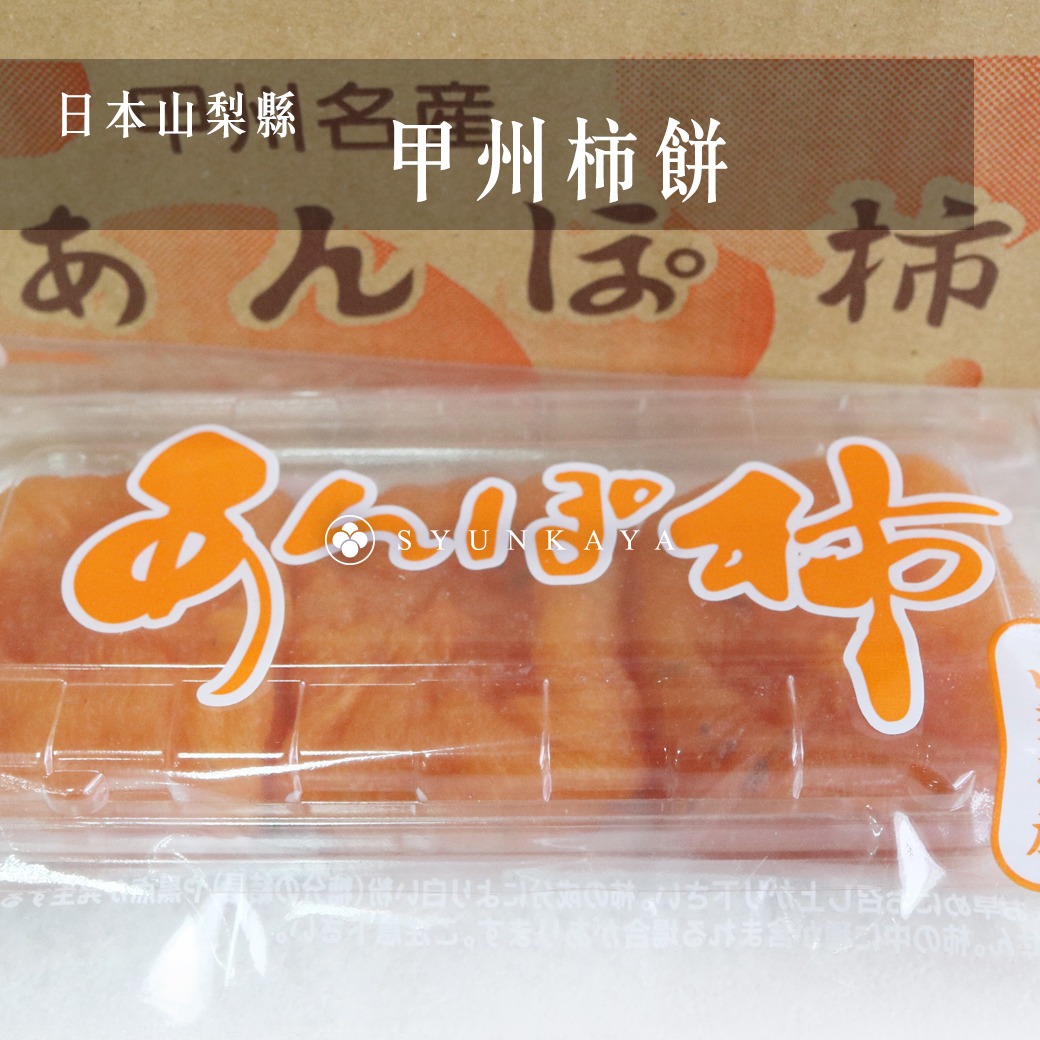
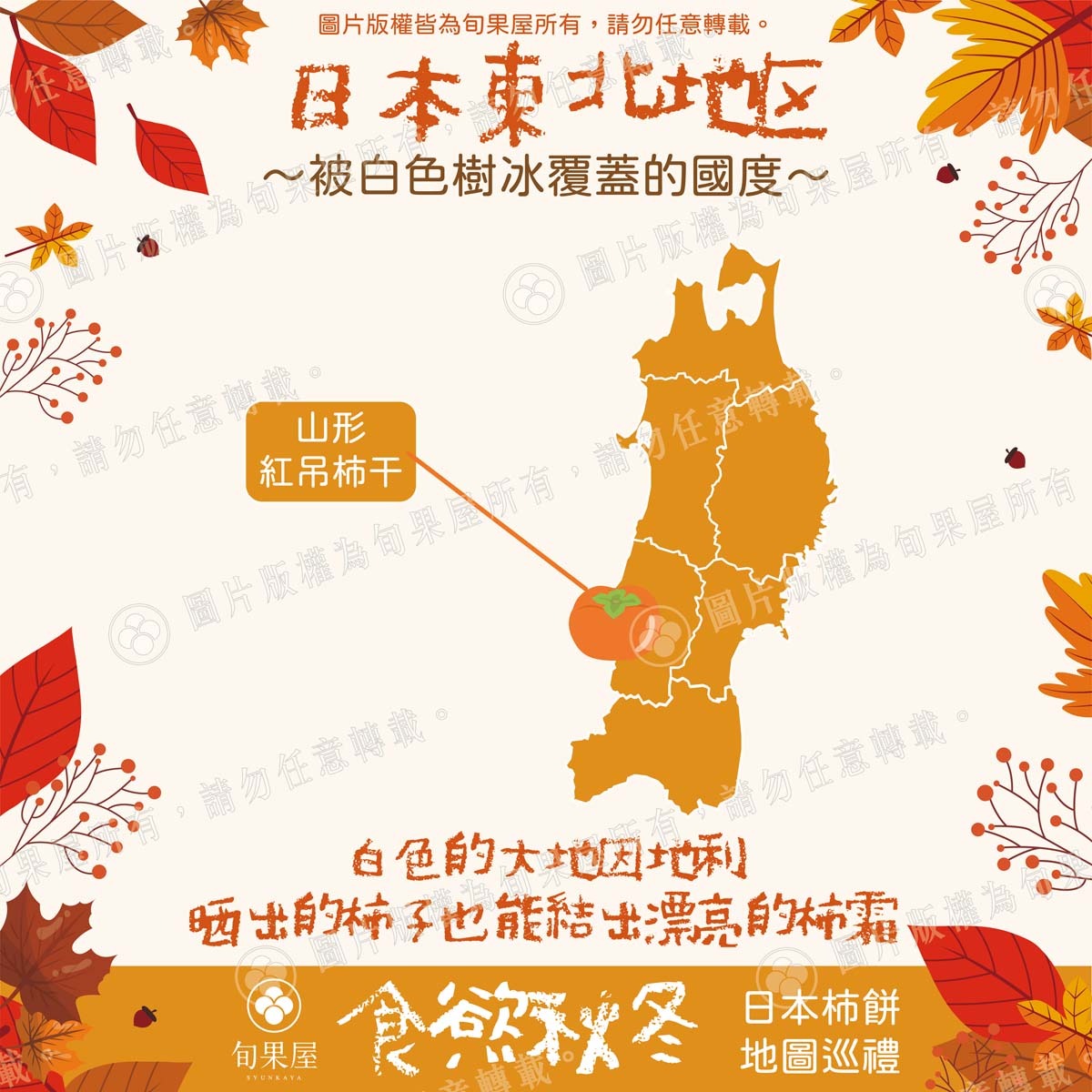
【Yamagata Prefecture】 [Yamagata Red Dried Persimmons] Kamiyama City, Yamagata is the origin of persimmons. In the early winter, the unique terroir caused by the large temperature difference between day and night has a strong astringent taste, so it has been eaten in the form of dried persimmons since 300 years ago. Dried red hanging persimmons are naturally bestowed by the cold wind of Zao and the warm sunshine. The natural Japanese-style snacks are elegant and not heavy. They are flavors that cannot be tasted in other regions. They are the pride of farmers in Kamiyama City, Yamagata!
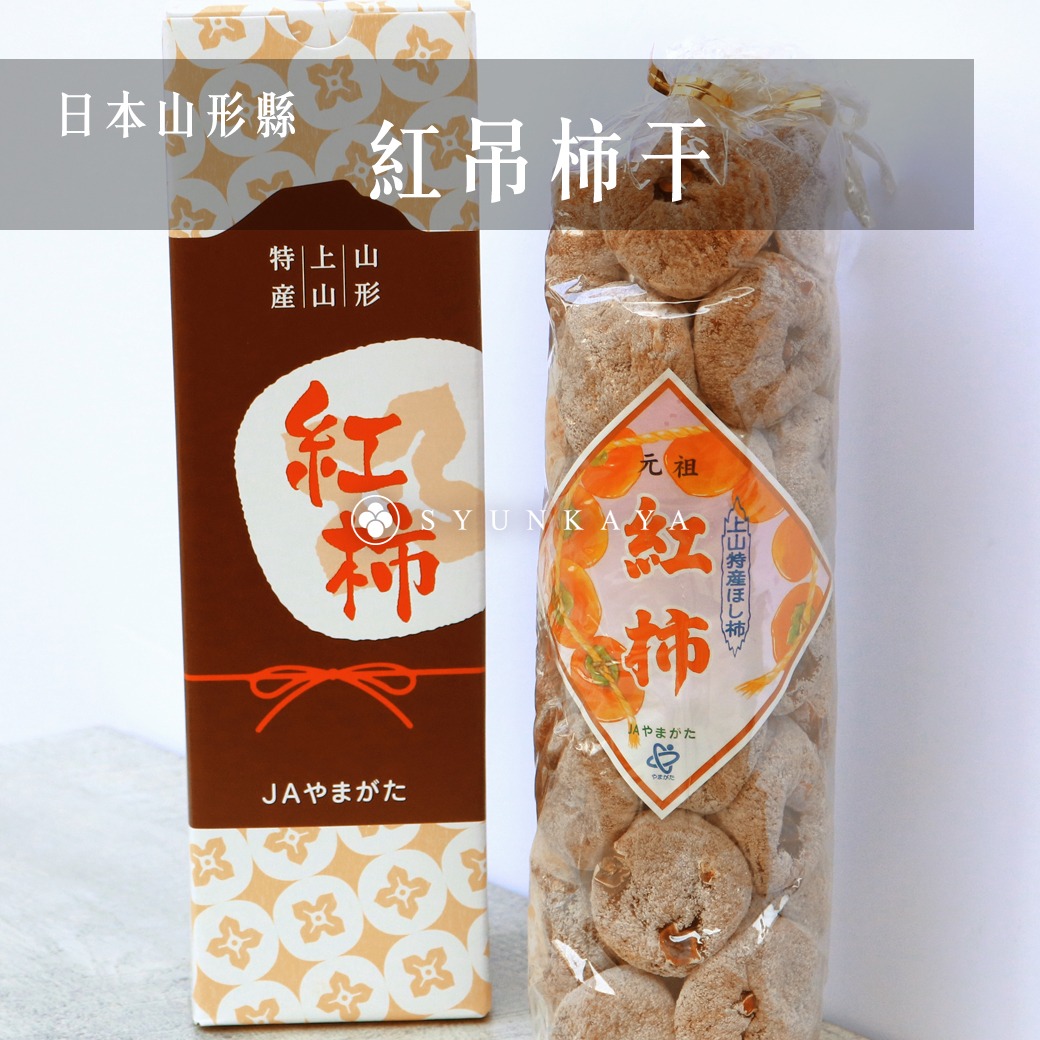
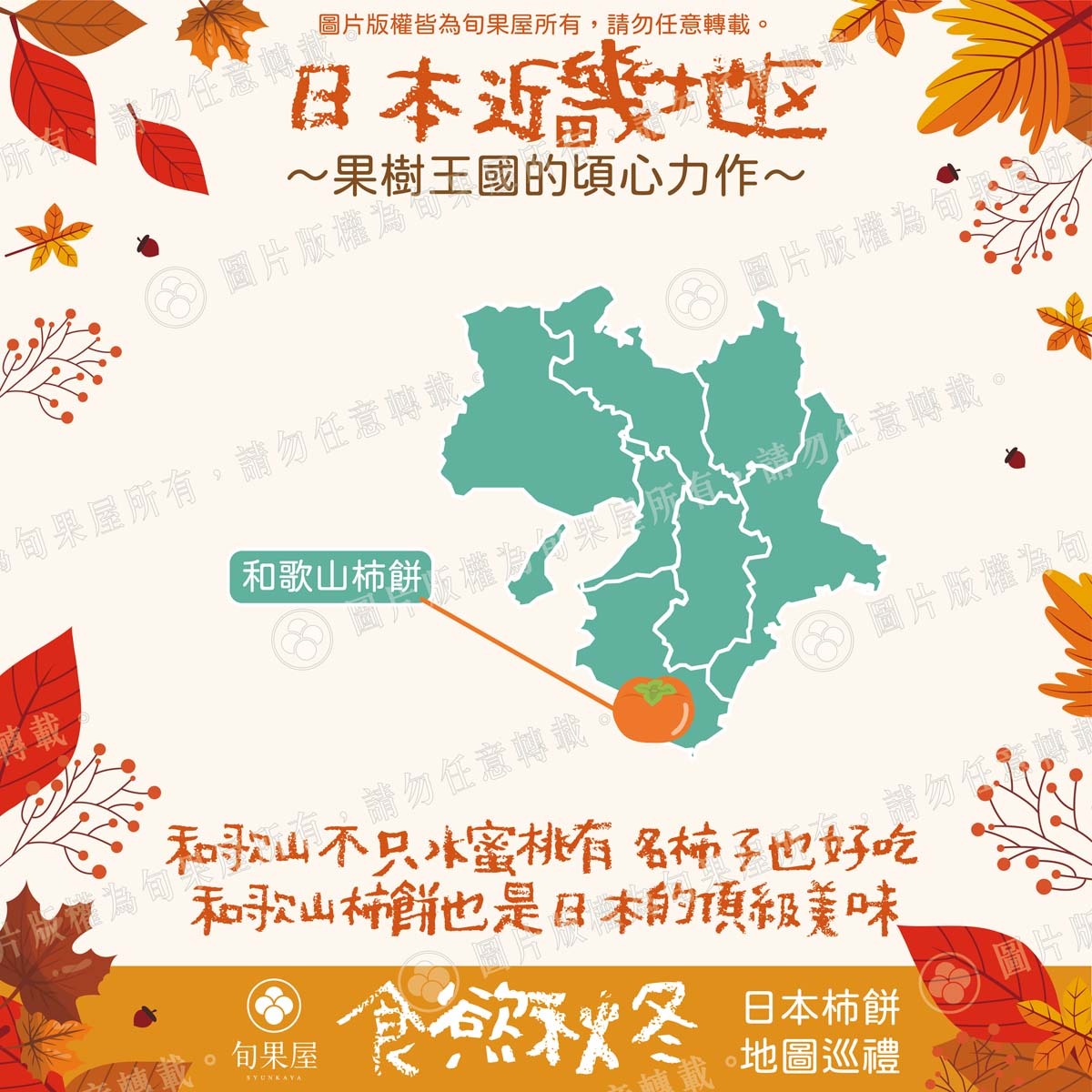
[Wakayama Prefecture] [Wakayama Persimmon Cakes] The persimmons in Wakayama Prefecture are produced at the Kihoku Kawakami Factory, which is one of the main persimmon producing areas in Japan. The seedless persimmons carefully grown by the residents of Wakayama Prefecture are peeled and dried under a thorough management system, and then bagged. The secret to the deliciousness of this dried persimmon lies in its moisture! Ordinary persimmons retain about 45% of their moisture during the drying process, but this persimmon from Wakayama prefecture has a moisture content of about 35% after drying. This method eliminates the astringency, retains the nutrition, makes the sweetness and umami more concentrated, and the sugar content rises to more than 30 degrees!
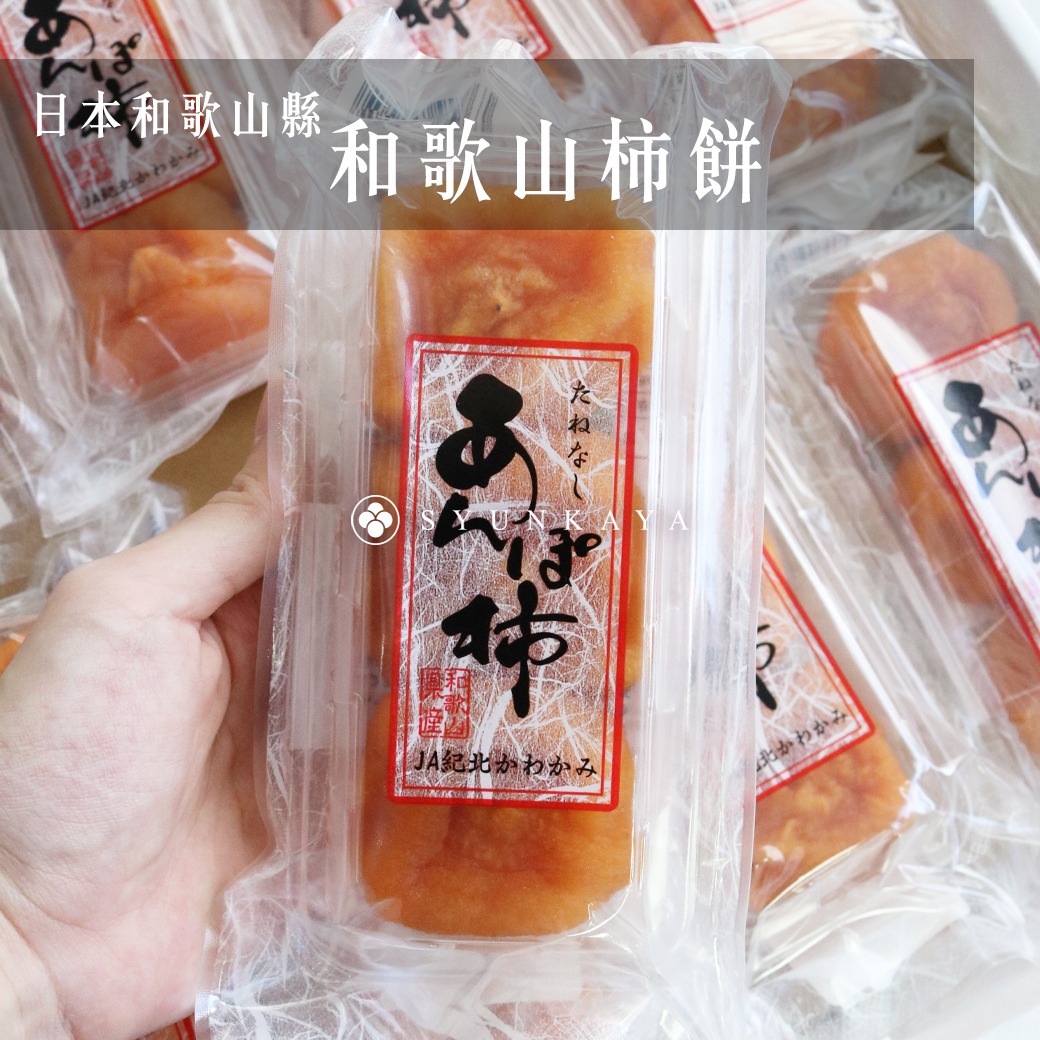
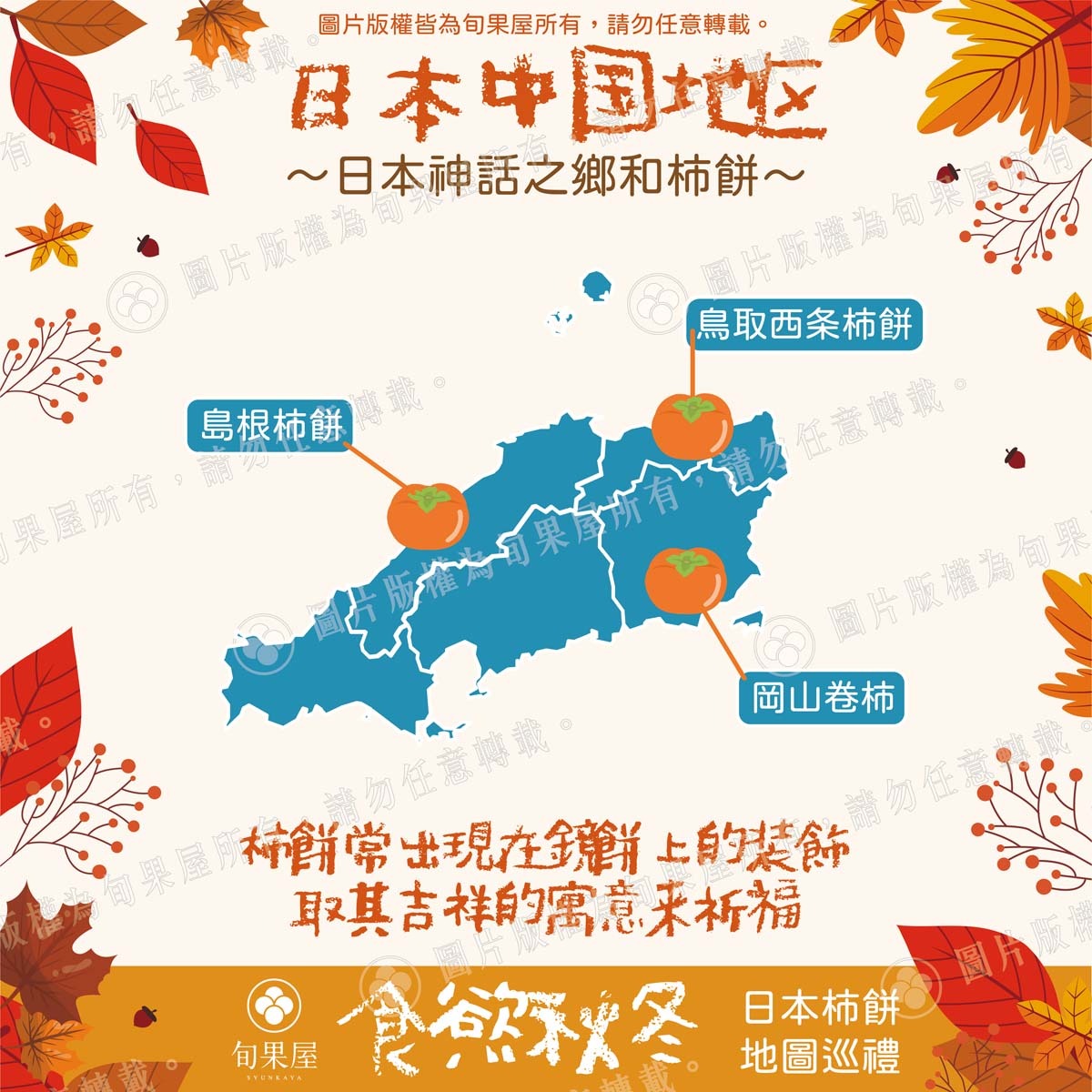
[Okayama Prefecture] [Okayama Rolled Persimmon] One piece of persimmon in Okayama is made from about 6 to 10 Japanese persimmons. It takes 120 days and nights to make and inherit a hundred-year-old technique. It is a rare and rare gift. We use a 50-year-old store in Okayama to make persimmons and fruits, insist on using century-old traditional techniques, and use skilled handicrafts to produce the top delicious persimmons. A must-buy souvenir.
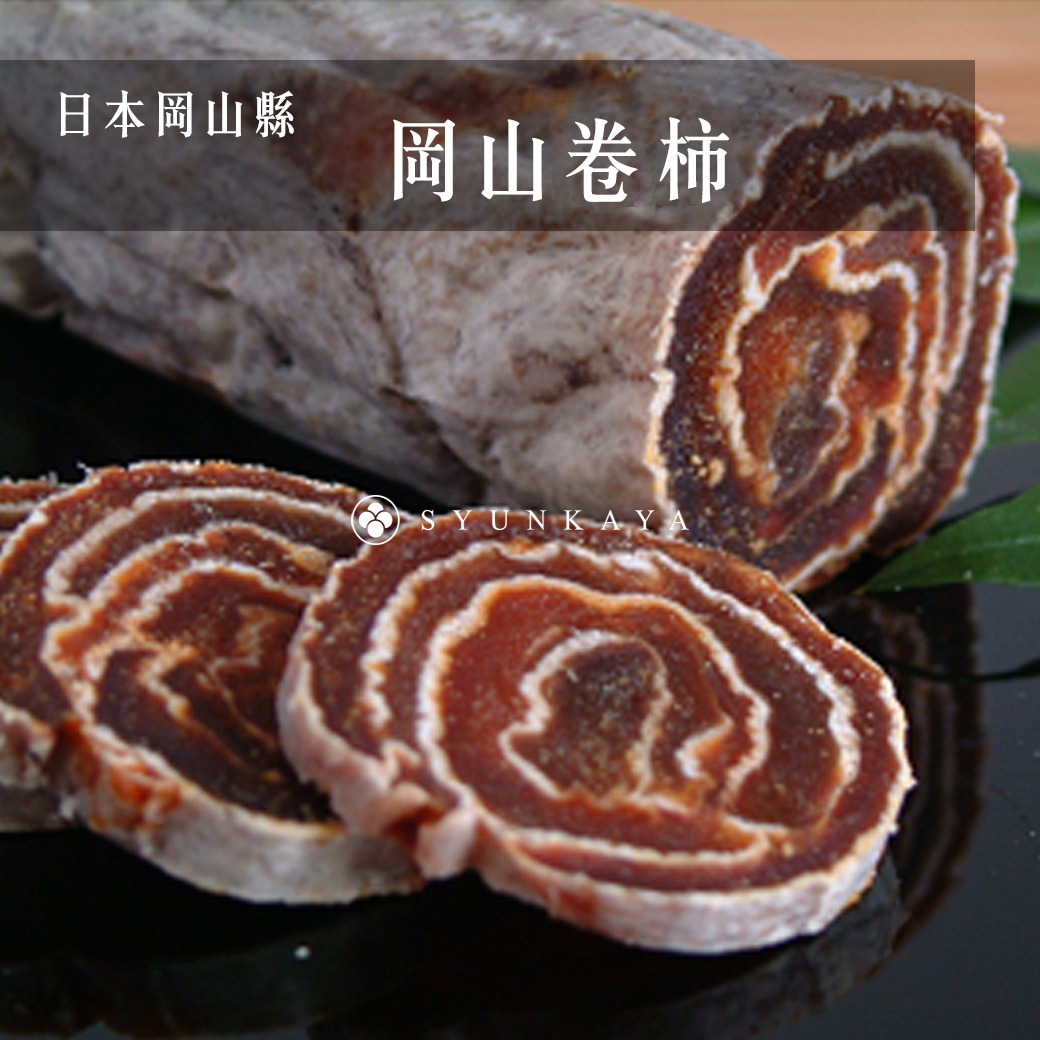
【Tottori Prefecture】 [Tottori Saijo Persimmons] Saijo persimmons are carefully cultivated in the Inaba area, famous for the myth of Okuni, and have a unique sweetness and a plump, dense texture. The persimmons are soft in the middle, because the "half-life" state of the unique softness of the persimmons is preserved. Although it is dried persimmon, the fruit inside is very strong and the aftertaste is very fragrant. It is a dessert suitable for enjoying with tea.
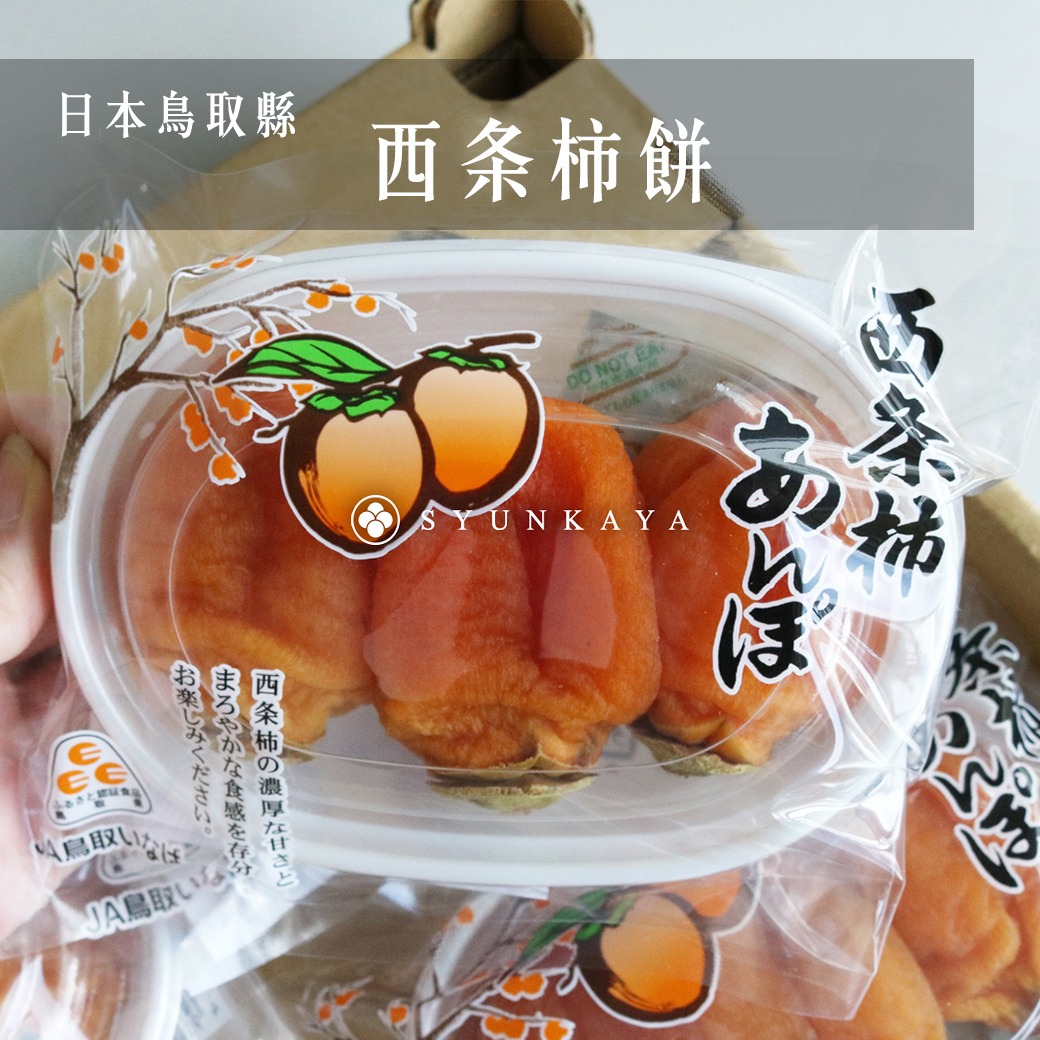
[Shimane Persimmon] Concentrated deliciousness of tomato! It is popular for its elegant taste and sweetness like Japanese sweets. Made according to the old method, enjoy the deliciousness of persimmons in a state similar to sun-dried persimmons You can fully enjoy it. The Shimane prefectural mascot "Shimane cat" comes in a cute package as well. Luxurious persimmons carefully crafted by hand. Great with coffee and tea, it's great for people of all ages.

